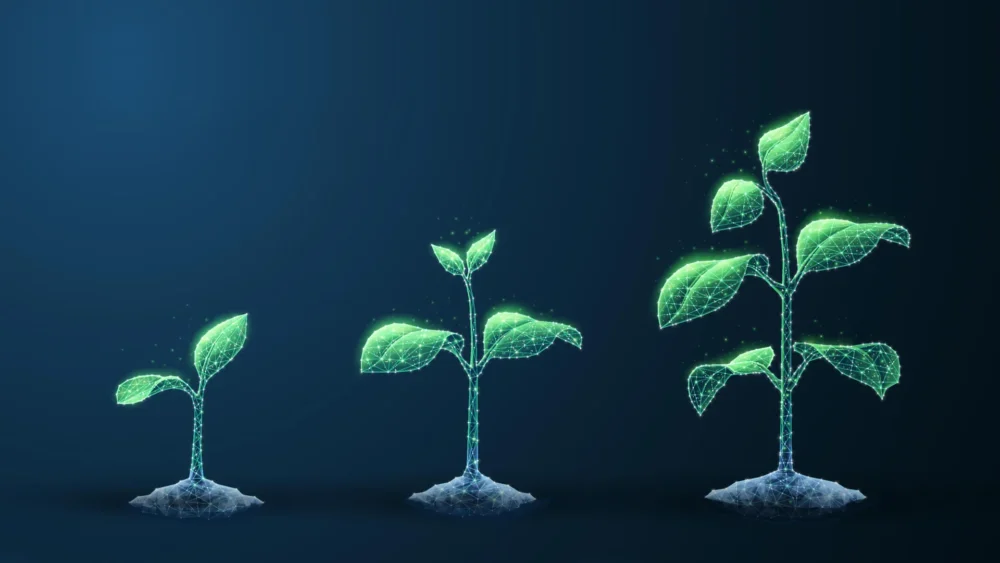Human evolution is far from finished. Our bodies continue to adapt to the world around us, and these changes are preserved in our biology. Some environments put severe pressure on the human body—high-altitude locations are a perfect example. Mountain climbers often struggle with altitude sickness because the air pressure drops and each breath carries less oxygen.
Yet, on the Tibetan Plateau, where oxygen levels are dramatically lower than at sea level, human populations have not only survived—they’ve flourished.
Over more than 10,000 years, people living at these extreme elevations have developed biological traits that help their bodies cope with hypoxia, the condition where too little oxygen reaches body tissues. Their adaptations allow them to function normally in an environment that would leave most humans breathless and fatigued.
“High-altitude adaptation is remarkable because the stress is intense, measurable, and experienced by everyone at that elevation,” says anthropologist Cynthia Beall of Case Western Reserve University. “It’s one of the clearest examples of human biological diversity.”
Beall has spent decades studying life in low-oxygen environments. In a study published in October 2024, she and her team pinpointed specific physiological traits in Tibetan communities that enhance the body’s ability to carry and deliver oxygen.
To understand these evolutionary changes, the researchers examined a key measure of natural selection: reproductive success. Individuals who have more surviving children are more likely to pass on advantageous traits. In harsh environments, the traits that help mothers survive pregnancy and childbirth—and produce healthy babies—are the ones that persist across generations.
This cycle of survival and reproduction is the foundation of natural selection. It can lead to surprising outcomes, much like how sickle cell genes persist in regions with malaria because they offer protective advantages.
Beall’s team studied 417 women, aged 46–86, who had lived their entire lives in Nepal at elevations above 3,500 meters (11,480 feet). The women reported between zero and 14 live births, averaging 5.2. Along with reproductive history, the team assessed their oxygen levels, hemoglobin concentrations, and other health metrics.
Hemoglobin carries oxygen throughout the body, and its levels often rise at high altitude. Surprisingly, the women with the most live births did not have especially high or low hemoglobin levels—they were right in the middle. What stood out instead was their high hemoglobin oxygen saturation, meaning their blood transported oxygen efficiently without excessively thickening.
Blood that is too thick can strain the heart, so this balance seems to represent an optimal adaptation to thin air.
“Previously, we knew low hemoglobin helped,” Beall noted. “Now we know the ideal level is actually moderate. And the higher the oxygen saturation, the greater the benefit. Measuring live births allowed us to quantify that advantage.”
The most reproductively successful women also showed stronger blood flow to the lungs and larger-than-average left ventricles—the part of the heart that pumps oxygenated blood into the body. Together, these traits enhance oxygen delivery and help the body cope with life at high elevation.
Cultural factors influence birth rates as well—women who marry young and have longer reproductive windows tend to have more children. But even after accounting for lifestyle, the physical traits remained important predictors. Interestingly, the women whose physiology most resembled people living at low altitudes had the highest reproductive success, suggesting a unique evolutionary path.
“This is evidence of natural selection happening today,” Beall explained. “By studying communities like these, we gain valuable insight into how human evolution continues.”










